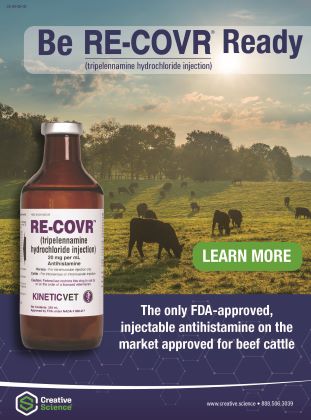Plan for Winter Forage Needs

Plan for Winter Forage Needs
Article courtesy of University of Minnesota Extension
This has been an interesting growing year, to say the least.
• There are large areas of winterkill throughout the Midwest.
• Hay prices have remained high, in spite of low milk prices.
• The amount and quality of hay this year has been variable; and
• Corn silage tonnage will be lower than average.
To maximize your profits, it is important to plan for the amount and quality of forage your farm will need. Forward planning minimizes the risk of running out of forage and having to buy at inopportune times.
Take a forage inventory
Going into the fall, it is especially important to determine and plan for winter forage purchasing needs. This will help avoid dramatic ration changes caused by the poor allocation of forage. It is better to make small adjustments in rations than to run out of forage and have to make a drastic change.
Cows do not adjust well to dramatic ration changes. Each summer I get calls from farmers that have run out of corn silage and are exploring their options or wanting to know the minimum time corn silage needs to be in storage before feeding.
• Hay crop silages need at least three weeks to complete fermentation.
• Corn silage should be in the silo at least 4 months to maximize the starch digestibility of the kernels.
Regularly calculating forage inventories allows for the anticipation of shortages and gives farmers time to explore their options. If shortages are discovered early, several options exist to remedy the situation. These include:
• Purchase hay or other forage.
• Reduce animal numbers.
• Re-balance rations, substituting some high fiber co-products for a portion of the forage.
• Re-balance rations, reallocating forages based on availability.
Determine forage quality
In addition to determining total amounts of forage, segregating forages by quality, especially in a year when forage is expensive, may help increase farm profitability. The best time to sample and analyze forages is during harvest. Bags or bales can be identified by the quality and cutting with spray paint on the bag.
Recommended forage quality for different classes of dairy animals by relative feed value (RFV):
• Early lactation cow: 160 RFV
• Dairy calf + middle and late lactation cow: 140 RFV
• Heifer (12-18 months): 120 RFV
• Dry cow + heifer (18-24 months): 100 RFV
Developing a forage inventory
Ask these five basic questions when developing a forage inventory:
1. How much total forage do I have available?
2. How much forage is required for all of my animals?
3. How does the forage inventory quality match the requirement for my animals?
4. Can a feeding program be developed based on the forage supply available and the forage needs of the animals?
5. Should I change my cropping strategy next year to better match my forage requirements?
One challenge with getting accurate inventories is forage density. Another challenge is accurately determining shrink. This also varies widely depending on the storage location, type, packing sealing and feed out management. These are important reasons why forage inventories need to be done frequently.
Software can help
Many excellent feed management software packages allow users to manage and monitor feeding accuracy as well as track feed inventories. Many are available for free online.
The purpose of regularly inventorying the forage is to determine the quantities of forage available on the farm. When matched with animal numbers, you can make decisions regarding an adequate supply of forage for the intended feeding period.




